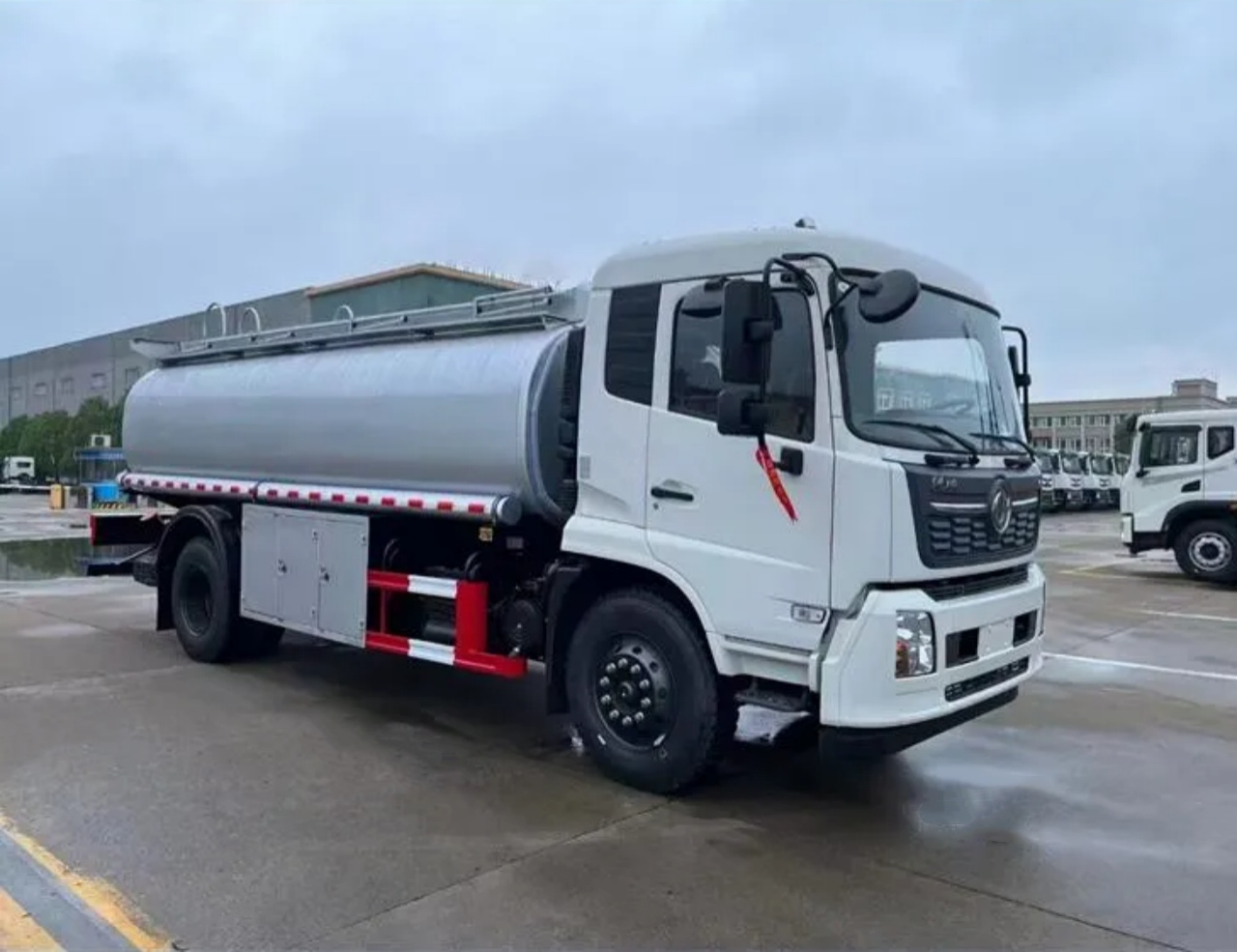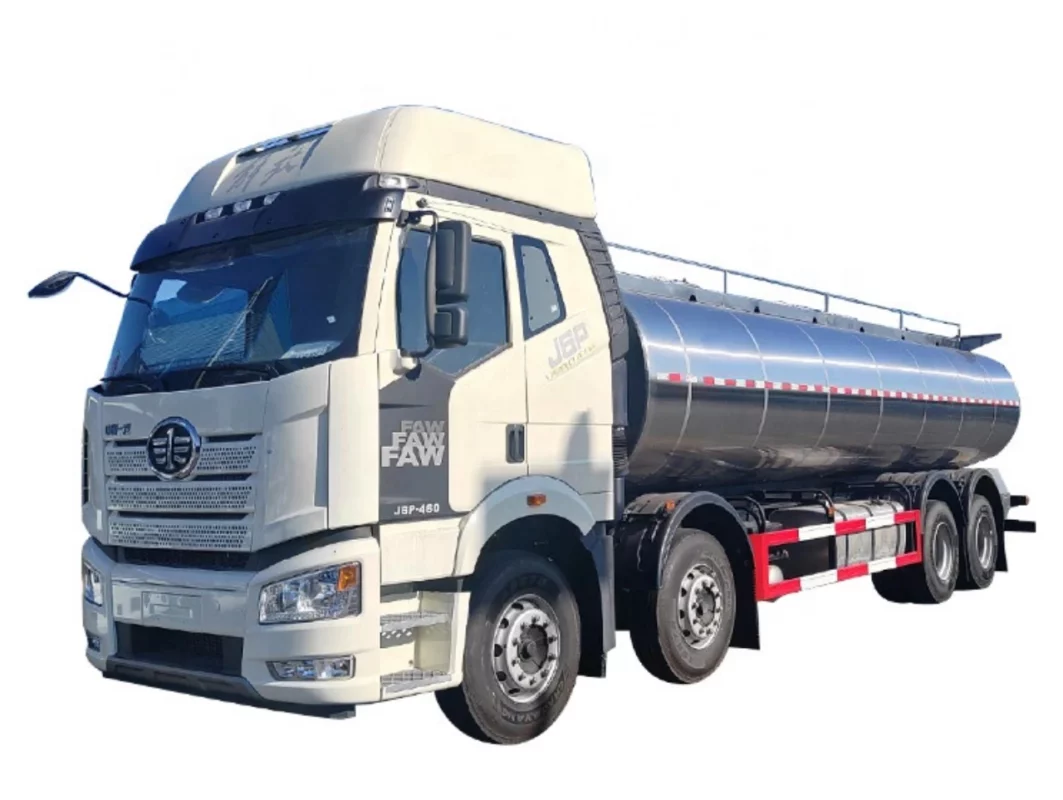Tank wagons—also known as tank cars—are a vital component of the global logistics and transportation industry. They are specialized railway freight cars designed to transport bulk liquids, gases, and fine solids. These cylindrical carriers are engineered for efficiency, safety, and capacity, serving a wide range of industries including petroleum, agriculture, chemical manufacturing, and food processing. But what exactly do these rail-bound tanks carry? The answer lies in the diversity of industries that rely on them.
1. Petroleum and Crude Oil
One of the most common cargoes for tank wagons is petroleum and its derivatives. Rail transport of crude oil has become increasingly prominent due to pipeline limitations and remote production areas. These tank wagons are designed to handle large volumes of flammable liquids under strict safety regulations.
Crude oil tank cars are typically pressurized or insulated to maintain the quality of the contents and prevent accidents. Once extracted from wells, crude oil is transported via tank wagons to refineries where it’s processed into gasoline, diesel, jet fuel, and other products.
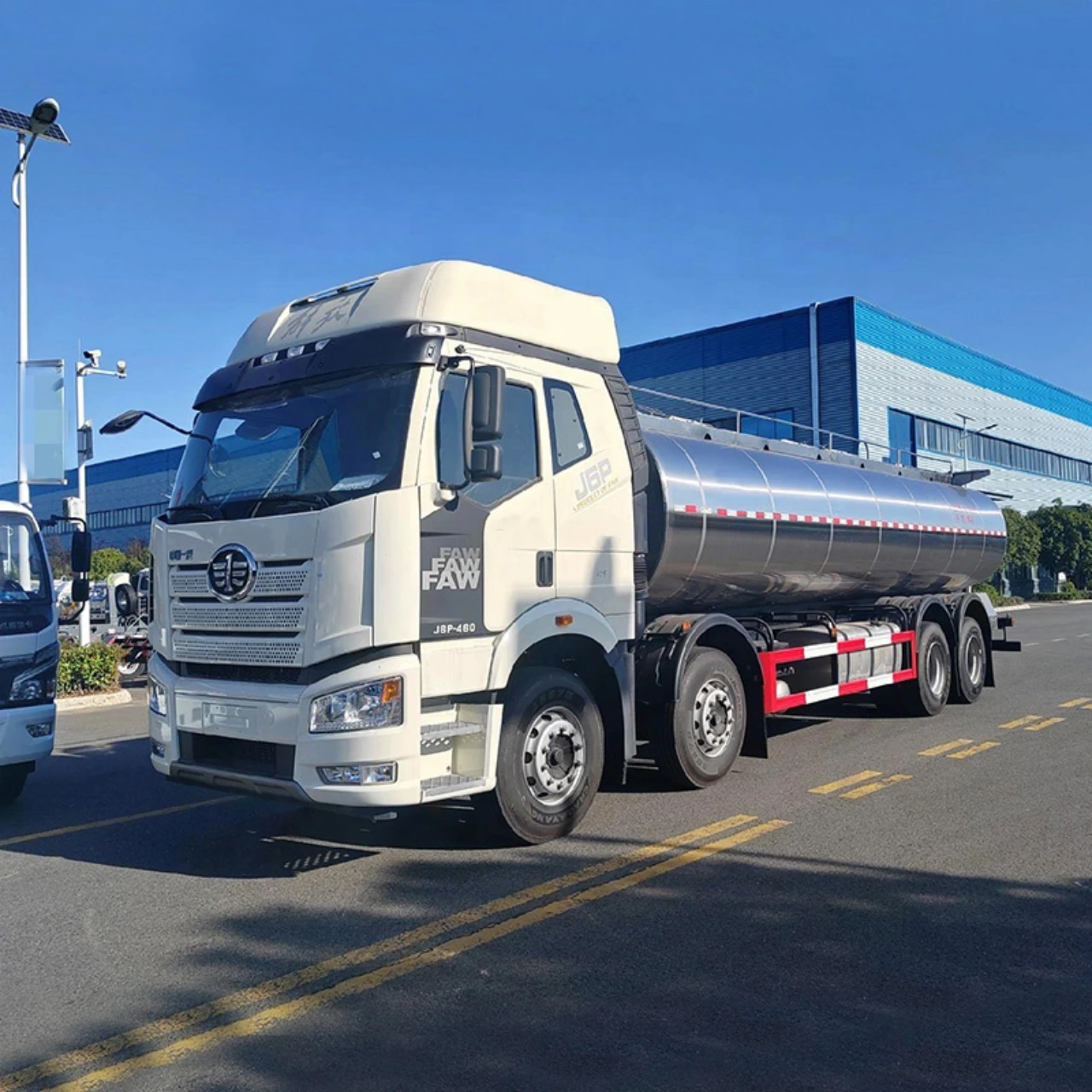
2. Refined Fuels and Lubricants
Beyond crude oil, tank wagons are also used to transport refined fuels such as:
- Gasoline
- Diesel
- Jet fuel
- Kerosene
- Lubricants
These products are often delivered to regional distribution hubs, fuel depots, or even directly to industrial users. Since these substances are flammable and volatile, they require tank wagons equipped with safety features like pressure-relief valves, vapor recovery systems, and double-walled construction.
3. Liquefied Gases
Another major category of cargo transported in tank wagons is liquefied gases. These include:
- Liquefied Petroleum Gas (LPG): A mixture of propane and butane used for heating, cooking, and fuel.
- Anhydrous Ammonia: Used in fertilizers and industrial processes.
- Chlorine: Used for water treatment and in chemical manufacturing.
- Carbon Dioxide (CO₂): Employed in beverage carbonation and refrigeration.
Transporting these gases requires specially engineered tank wagons that can maintain the cargo in a liquid state under pressure or cryogenic conditions. Tank wagons for LPG and ammonia are among the most heavily regulated due to the high risk of explosion or toxic exposure in the event of a leak.

4. Chemicals and Industrial Liquids
The chemical industry depends heavily on tank wagons to move raw materials and finished products. Common chemicals transported include:
- Sulfuric acid
- Hydrochloric acid
- Caustic soda (sodium hydroxide)
- Methanol
- Ethanol
- Acetic acid
These substances may be corrosive, toxic, or reactive, necessitating specialized linings and coatings inside the tank to prevent damage or contamination. In many cases, the tank wagons are also equipped with heating coils to maintain the liquid at a workable temperature.
5. Food-Grade Liquids
Tank wagons are also used to transport a wide range of food-grade liquids, though these require the highest standards of cleanliness and hygiene. Some examples include:
- Vegetable oils (e.g., soybean oil, sunflower oil)
- Corn syrup
- Milk
- Fruit juices
- Wine
- Alcohol
These tank wagons are constructed from stainless steel to avoid chemical reactions or contamination, and they are usually cleaned thoroughly between loads. Some may even be insulated or heated to keep contents at the desired temperature.
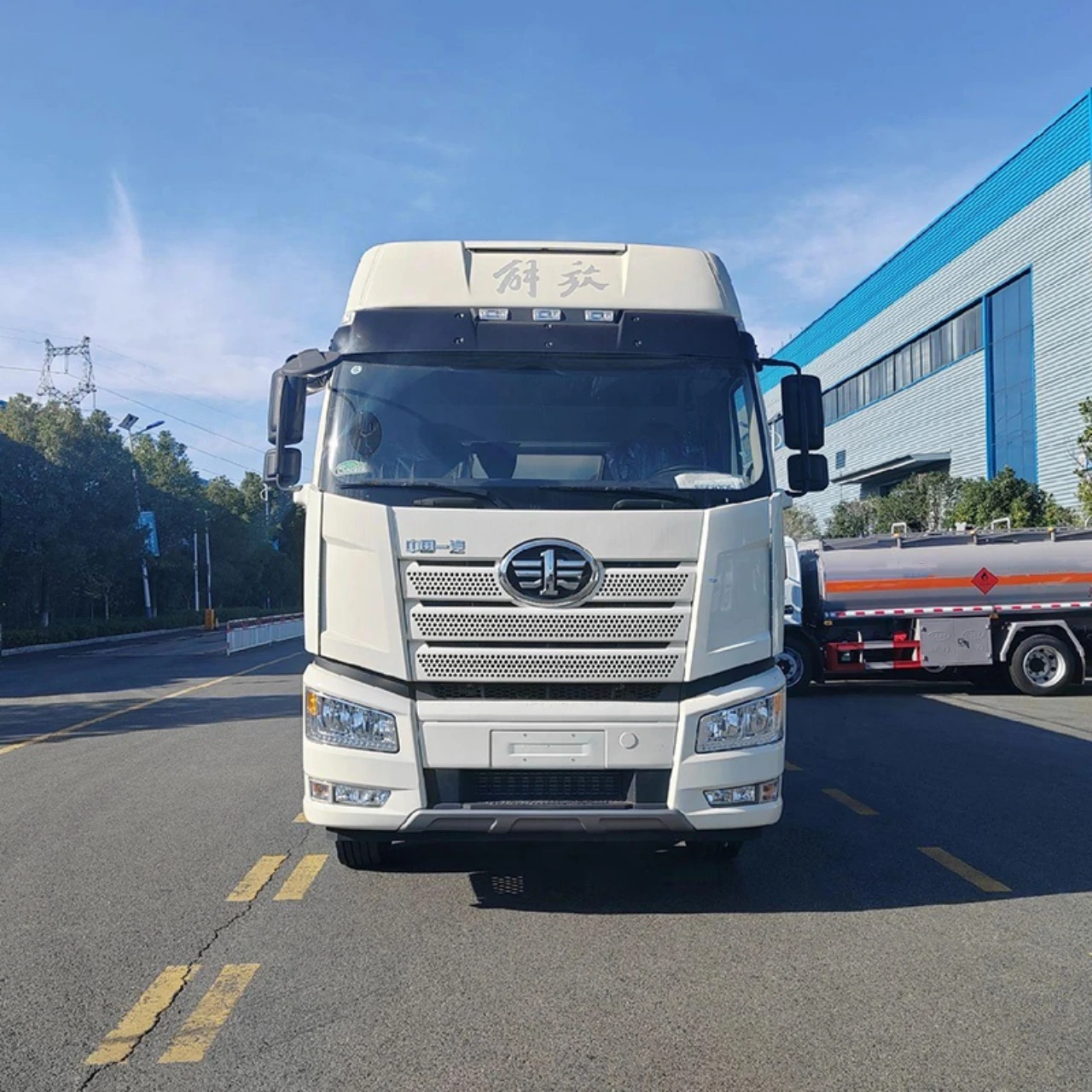
6. Molten and Viscous Materials
Some industrial materials must be transported while hot or in a molten state to keep them flowable. Tank wagons designed for this purpose are heavily insulated and include internal heating systems, often using steam or electric heating coils. Typical materials include:
- Molten sulfur
- Asphalt or bitumen
- Paraffin wax
- Resin
These cargoes solidify at room temperature, so maintaining high internal temperatures is essential throughout the journey.
7. Powdered and Fine Granular Solids
While tank wagons are mostly associated with liquids, certain dry goods that behave like liquids can also be transported this way. These “dry bulk” tank wagons are pressurized and designed for pneumatic unloading. Examples include:
- Cement
- Fly ash
- Plastic pellets
- Flour and starch
- Soda ash
These wagons have top hatches for loading and bottom outlets for gravity or pressure-assisted unloading. The design minimizes moisture ingress and ensures efficient discharge.
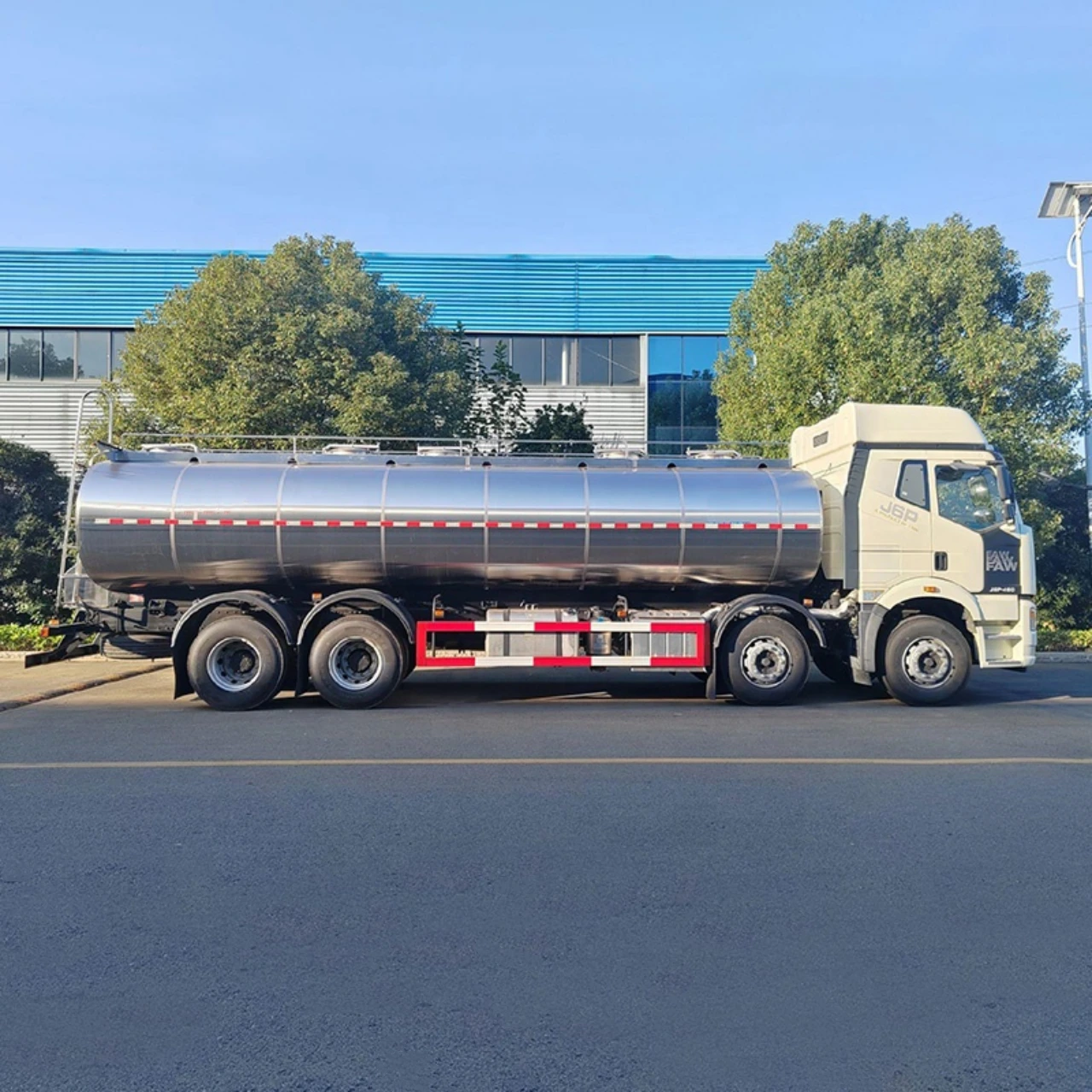
8. Alcohols and Spirits
Tank wagons are also used to transport large volumes of alcohol, such as ethanol, which serves both the fuel and beverage industries. Ethanol is especially significant in countries where it’s blended with gasoline as a biofuel. While beverage alcohols like whiskey and vodka are generally shipped in smaller containers, industrial alcohol can be moved in bulk tank wagons.
Special care is taken with these cargoes, particularly in regions with strict regulations on purity and contamination. Stainless steel construction and hygienic valve systems are common features.
9. Water
Though it may seem mundane, water is occasionally transported in tank wagons to supply areas affected by drought or for industrial use in remote locations. These tank wagons may also support firefighting efforts or large-scale construction projects that require high water volumes on site.
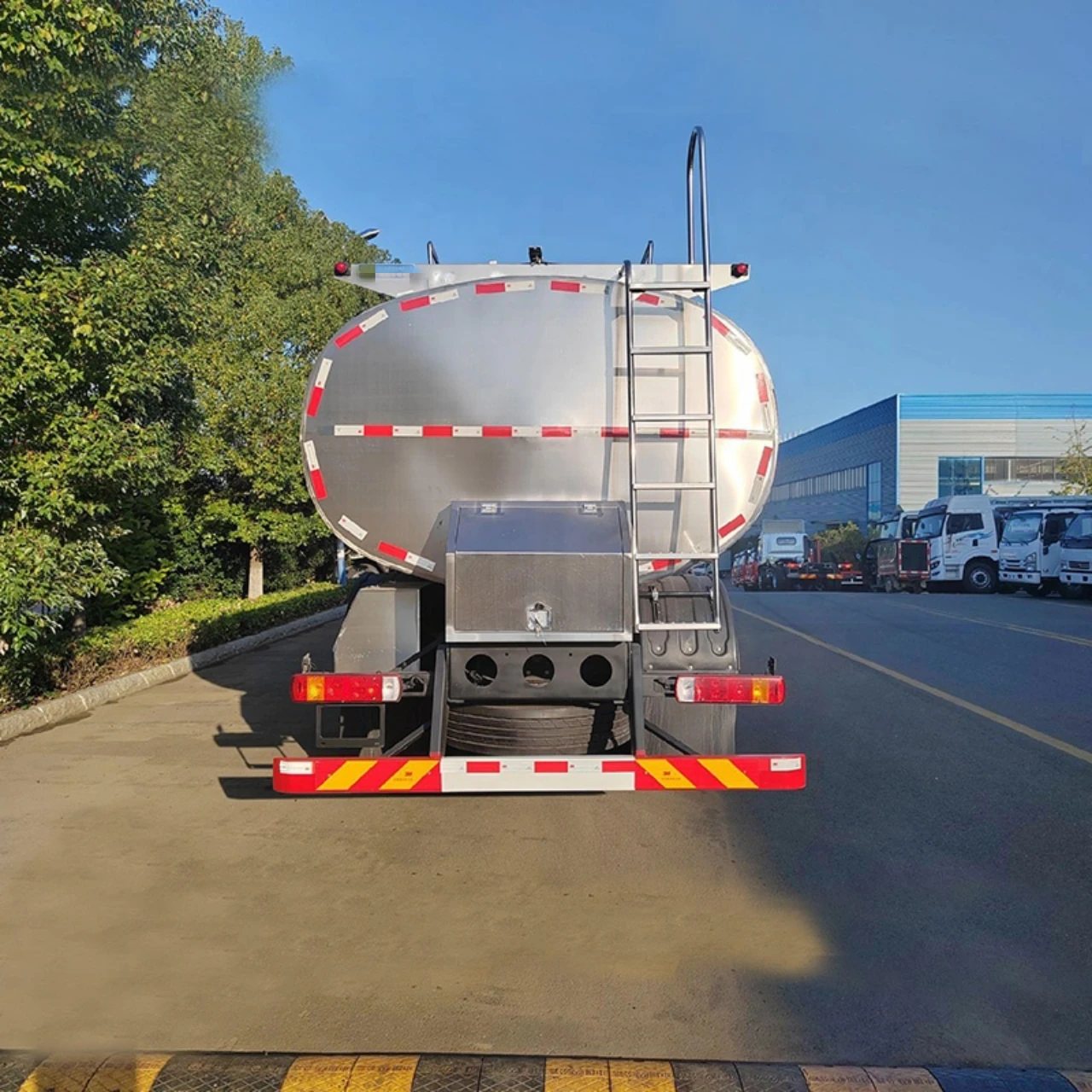
10. Hazardous Waste and By-products
Tank wagons are increasingly used for the safe transportation of hazardous waste and industrial by-products. These materials may include:
- Contaminated wastewater
- Spent chemicals
- Oil sludges
- Toxic slurries
Proper labeling, containment, and regulatory compliance are crucial when handling these substances. Tank wagons carrying hazardous waste are usually subject to rigorous inspection protocols.
Design Considerations Based on Cargo
The type of cargo dictates the design and equipment of the tank wagon. Key features that vary include:
- Material of construction: Stainless steel, aluminum, or carbon steel
- Insulation: Required for heat-sensitive cargo
- Pressure rating: For liquefied gases or pressurized fluids
- Lining: Corrosion resistance for acidic or alkaline materials
- Valves and fittings: Tailored to prevent leaks, allow efficient unloading, and ensure operator safety
Safety and Regulations
Transporting liquids and gases by rail requires adherence to strict safety standards. Regulatory bodies such as the U.S. Department of Transportation (DOT), Transport Canada, and the International Union of Railways (UIC) mandate specifications for tank wagons, including construction, inspection, and handling procedures. In many cases, tank wagons are equipped with crash protection systems, pressure relief devices, and thermal shields to prevent catastrophic failure during derailments or accidents.
Conclusion
Tank wagons are the unsung workhorses of the rail industry, quietly moving millions of tons of essential liquids, gases, and fine solids every year. From crude oil to corn syrup, from chlorine to chocolate, the list of what they carry is as varied as the industries they serve. With continued innovation in materials and safety technologies, tank wagons will remain an indispensable part of global supply chains for decades to come.
